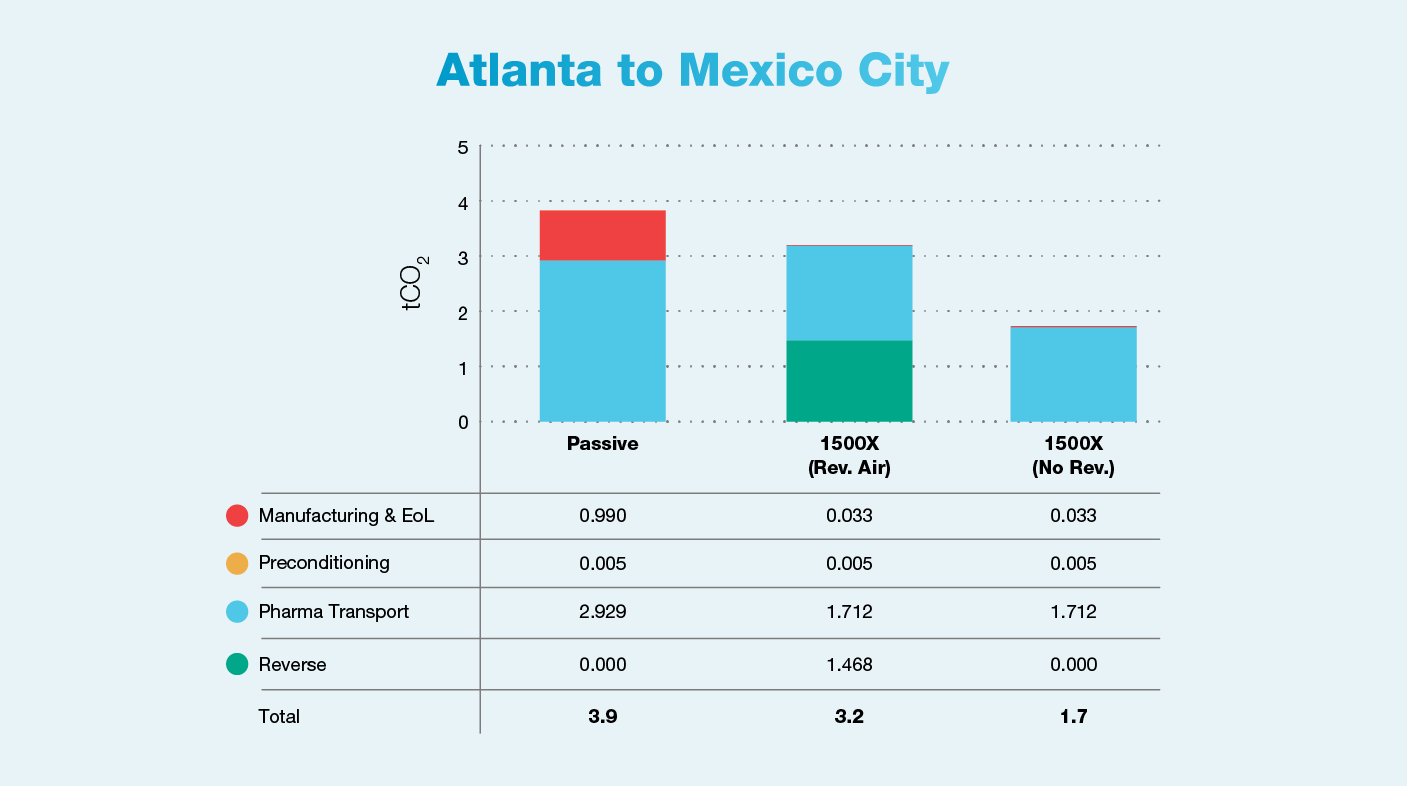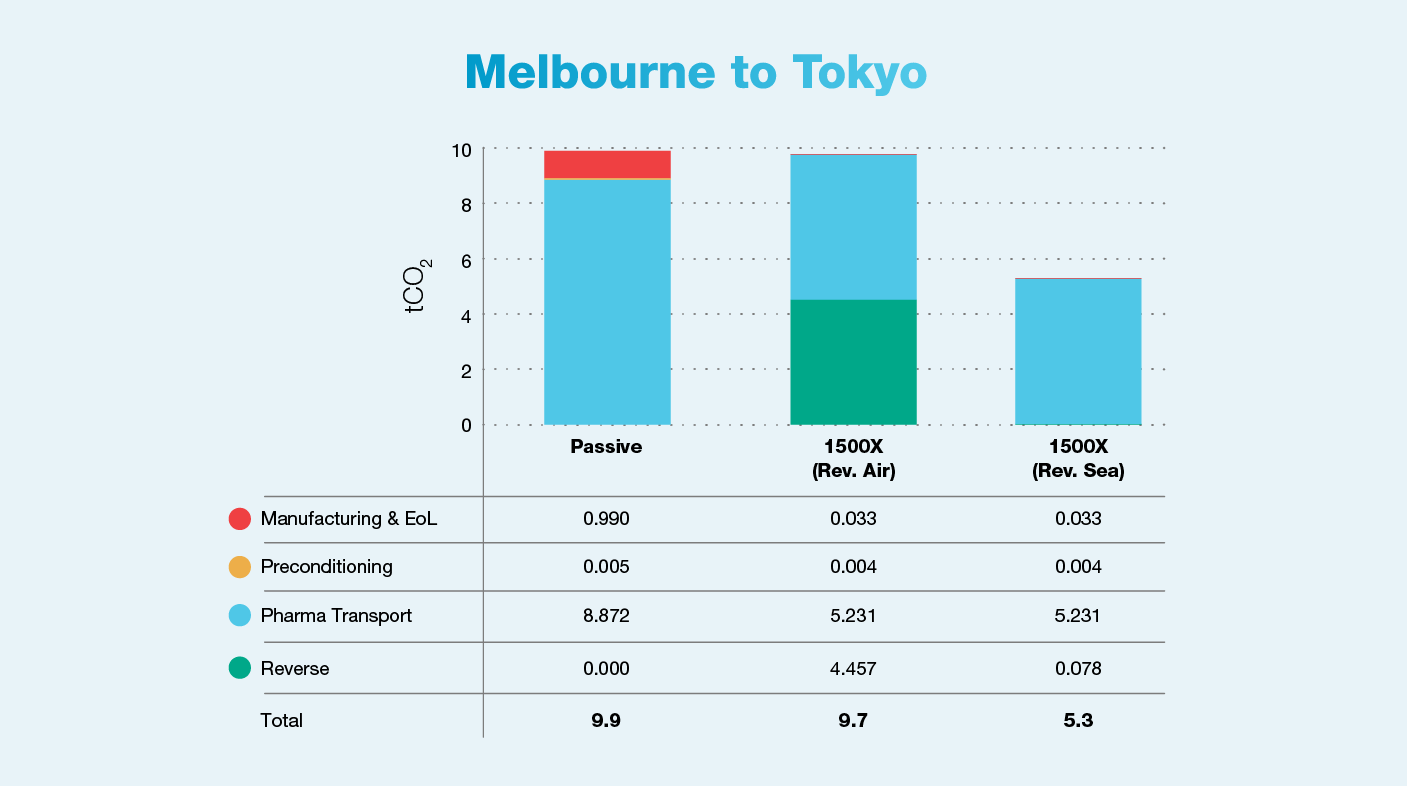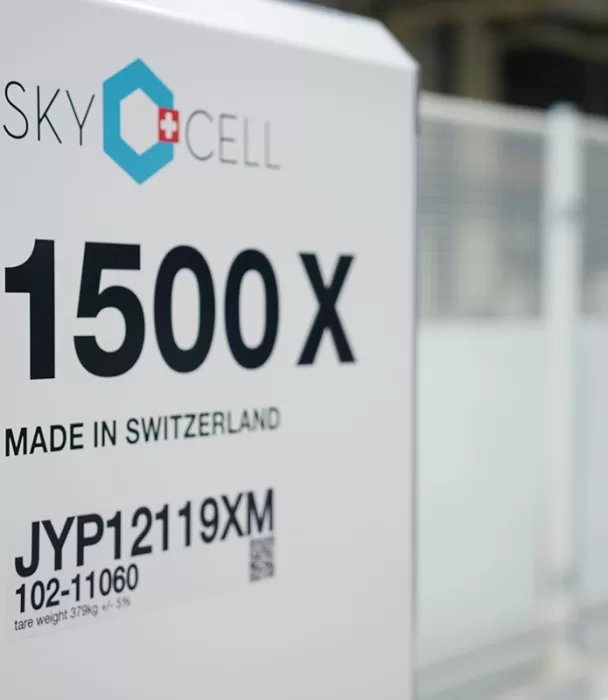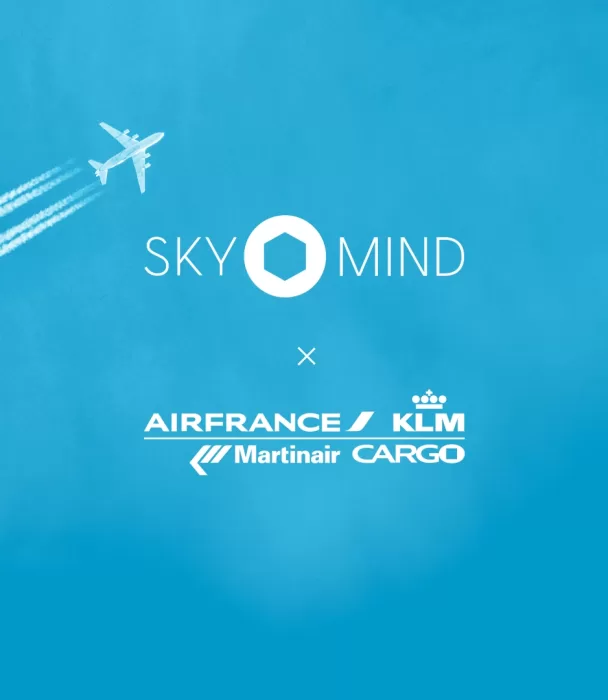Redefining pharma logistics: MIT CTL’s breakthrough in carbon reduction
The healthcare industry, contributing to 4.4% of global emissions, must renew its focus on reducing its significant environmental impact.
Determining and tracking the CO2 footprint of cold chain shipping solutions isn’t always a straightforward process. Factors like volume, weight, reusability, and transport efficiency matter. Additionally, there’s no standardized method to calculate carbon emissions in the cold chain logistics sector.
To address this knowledge gap and to support the decision-making process of the pharmaceutical industry, the researchers at the Massachusetts Institute of Technology Center for Transportation & Logistics (MIT CTL) developed the world’s first door-to-door carbon emission estimation and allocation tool tailored to the pharmaceutical cold industry.
Unified approach to estimate transport emissions of the pharmaceutical cold chain
MIT CTL researchers have taken a unified approach to tackle these challenges head-on — integrating sector-specific and network characteristics into a tool. For the first time, this tool takes into account a wide array of parameters, including volume and weight constraints of airplanes, airfreight non-CO2 effects (RFI=2), volume-weight-ratios of the transport containers and reverse transports of reusable containers via different transport modes.
This innovation is more than just a tool; it is a game-changer. It allows users to define their own pharma containers or analyze three commonly used container technologies (Active, Hybrid, Passive). It assesses fixed manufacturing and end-of-life emissions, preconditioning emissions, and variable transport and provisioning emissions.
In addition, the researchers Jonas Lehmann, Matthias Winkenbach, and Milena Janjevic introduce the concept of network emissions. This concept allocates emissions to different network flow scenarios and reusable transport containers. The tool enables users to define network emissions based on transport by air, sea, or road.
To assess total emissions for a cold chain transport, shipment success rate can also be factored in, customizable for each container type, accounting for emissions from failed transports and product damage.
Analyzing emissions of a pharma transport
In the world of pharmaceutical logistics, understanding and minimizing emissions is a complex puzzle. To shed light on this challenge, SkyCell sustainability experts used the tool to analyze two generic pharma transports: Atlanta (United States) to Mexico City (Mexico) and Melbourne (Australia) to Tokyo (Japan).
We calculated the potential emissions of the SkyCell 1500X, which we then compared to the emissions data of the passive container available in the MIT CTL tool. In our analysis, we adjusted the container specific data to include the success rate of the shipment. For the 1500X, we considered a loss rate of <0.1%, and for the one-way solution, we assumed it to be 1%. For both lanes, we assumed 1 m3 of pharma product is transported with a weight of 150 kg in an A330-200 belly freighter.

Atlanta to Mexico City
On this relatively short lane, we examined two scenarios: one involving ideal lane alignment with no reverse logistics, and another incorporating reverse by air.
What’s intriguing is that on this short route, the fixed emissions of the passive container play a significant role in the overall emissions. However, when we opted for the SkyCell 1500X hybrid container, emissions were slashed by 56%.
It also shows that the best scenario is always one without the need for empty transport. Nonetheless, even in the second scenario, where reverse logistics by air was necessary, the hybrid container maintained an impressive 18% advantage over the passive container.

Melbourne to Tokyo
For this lane, we analyzed a pharma transport from Melbourne to Tokyo by air with the need to reverse the empty container back to Melbourne either by airfreight or maritime.
In this scenario, the data unveiled that the 1500X container reversed by maritime had minimal influence on the overall transport emissions. The 1500X demonstrated its prowess by avoiding 46% of emissions when compared to the passive container.
In the scenario where the 1500X is reversed by air, it still maintained a 2% emissions advantage over the passive container. This example illustrates the outstanding performance of the 1500X hybrid container, capable of being transported twice the distance with reduced emissions, resource use and waste.
“Sustainability is a core value at SkyCell's foundation. In the development of hybrid containers, our focus was clear: they must excel in temperature performance, be superior in volumetric weight – as this significantly lowers cost and CO2 for our clients; and needs to be optimized to reverse on ocean. I am greatly pleased that MIT CTL study has validated my perspective.”

Conclusion
MIT CTL’s first door-to-door carbon emission estimation and allocation tool is a significant step in the right direction for a transparent and standardized measurement of carbon emissions in the transportation of temperature-sensitive pharmaceuticals.
In addition, the exceptional reliability, reduced volumetric weight, and remarkable CO2 reductions throughout the logistics lifecycle (including reverse logistics) position hybrid containers as a prime choice for environmentally conscious transport. This exceptional performance demonstrates that innovation, sustainability, and practicality can all come together seamlessly.
Want to learn more about the study? Click here or contact our sustainability team for more information.
News & Stories

SkyCell Fourth Annual Sustainability Report is now available
Dive into SkyCell's groundbreaking journey towards zero medicine loss and zero CO₂ emissions with our fourth Annual Sustainability Report. Read...

SkyCell’s Remarkable 0.05% Excursion Rate
With an industry-leading temperature excursion rate of less than 0.05%, our hybrid container solutions set a new standard for excellence....

SkyCell partners with Air France KLM Martinair Cargo for ULD tracking and visibility
SkyCell is the chosen ULD tracking partner for Air France KLM Martinair Cargo, marking a groundbreaking partnership. Our IoT-driven SkyMind...